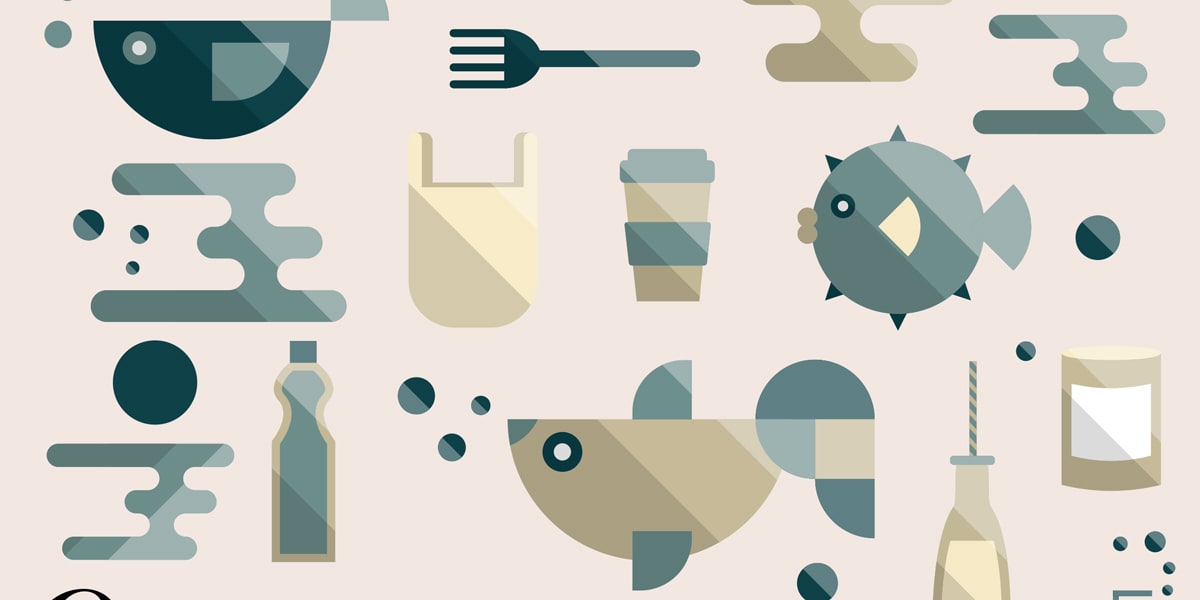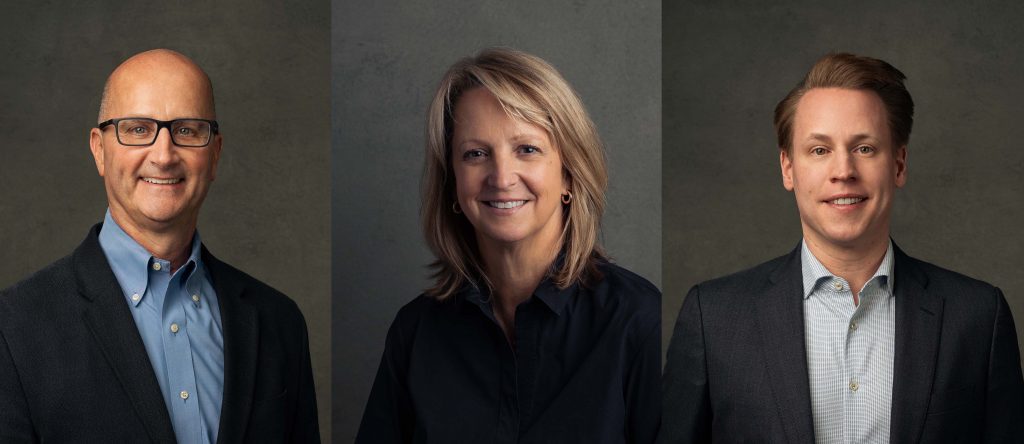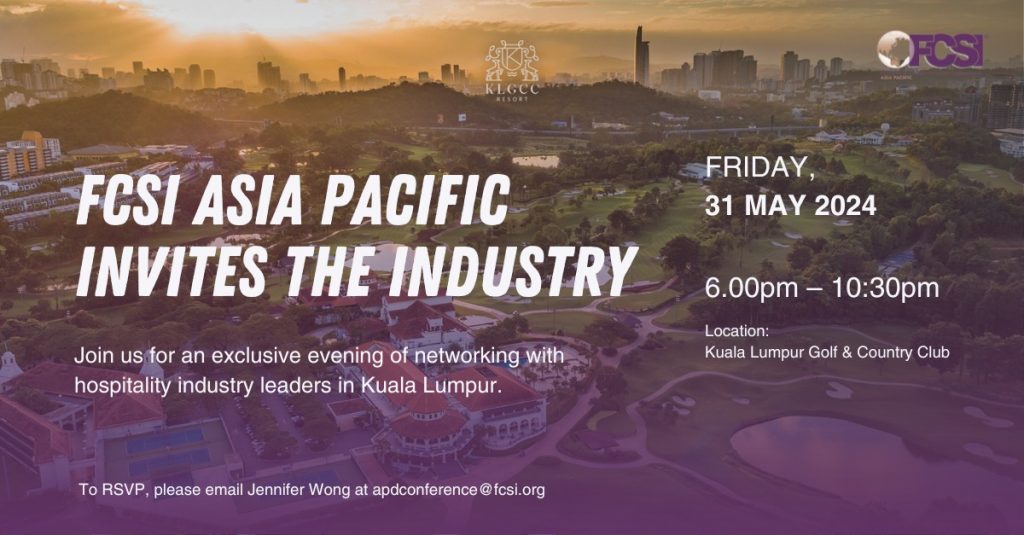
Every year, eight million tonnes of discarded plastic finds its way to the ocean. If things don’t change, the World Economic Forum estimates there will be more plastic in the ocean than fish by 2050. According to a report by the Ocean Conservancy and the McKinsey Center for Business and Environment, more than half the plastic waste in the ocean comes from China, Indonesia, the Philippines, Vietnam and Thailand.
Unable to ignore this problem any longer, Food Industry Asia (FIA), the Singapore-based trade association for the region’s food and beverage industry, commissioned a study on tackling plastic and packaging waste in Indonesia, the Philippines, Vietnam and Thailand.
The study titled, Sustainable Packaging: Tackling Plastic Waste in Asia, was released last September. Edwin Seah, head of sustainability and communications at FIA, sheds light on the urgency of addressing this problem. “Across all four countries studied, municipal solid waste (MSW) generated per capita is expected to grow between now and 2025. For example, in Thailand plastic waste is expected to increase at an annual rate of 12% or two million tonnes. In Indonesia, 130,000 tonnes of plastic and solid waste is produced and half of it reaches landfill sites, according to the non-profit Rivers, Oceans, Land and Ecology (ROLE) Foundation.”
Not just a plastic problem
The study found that current initiatives affect no more than 5% of waste generated. It identified that the majority of marine leakage in the region is caused by uncollected waste. Seah emphasises the importance of focusing on how plastic waste is dealt with after consumption, and the need to improve infrastructure and facilitate proper disposal of plastic and solid waste in general. While plastic has been perceived as the big culprit for pollution of oceans, it is time to consider other materials and the totality of the waste stream to ensure impact and viability.
“In many of these countries, plastic accounts for between 15-20% of total waste streams. Hence stakeholders need to consider this while designing waste management approaches,” he says. Last August, a storm surge in Manila left a sea of rubbish in Roxas Boulevard, a main thoroughfare in the Philippines.
While the volume of food packaging washed ashore was shocking, it is not uncommon for ocean and beach clean-up drives to consistently find a considerable amount of food wrappers. The food and beverage industry plays a crucial role in addressing this problem.
“Food packaging accounts for about 30% of the overall packaging waste, which equates to about 14% of global plastic waste,” says Seah. “The food and beverage industry can play a huge role in developing solutions to stem the tide of plastic entering the environment.
Innovation is an area that many companies have invested in heavily, to design and develop packaging that requires fewer materials or uses more recycled materials including plastic.”
Effective waste collection
The most common solution implemented by Asian cities is banning single-use straws, cup lids and bags. However, while plastic bans may raise awareness of the plastic crisis, the study finds that these items, by tonnage, account for only a small percentage of the overall problem. The bans have caused just a 2% drop in plastic usage in Indonesia and Vietnam, which rank lowest at curbing plastic pollution. Seah explains, “Plastic bans have failed in many cities due to a lack of viable alternatives and enforcement.
FIA’s study found the focus should instead be on effective solid waste collection systems, especially in rural and coastal communities.”
As food and beverage companies are taking the flack for this problem, they are working together to find effective solutions. This FIA study is a start, shedding light on the problem to better understand it.
“As an organisation that represents multinational and national food and beverage brands across Asia, FIA is doing its part by developing and making available the study on Indonesia, the Philippines, Vietnam and Thailand to ensure that efforts to tackle the problem are data-driven, information-based and country-specific,” says Seah.
“This will help stakeholders to better understand the issues on the ground and to develop levers for bringing change. National and regional policy and standards on sustainable packaging is another area that FIA will drive, together with it’s partners including national industry associations, governments and international organisations such as the UN Environment and ASEAN.”
Several unified efforts among companies have since been forged. Seah points to the recent Our Ocean Conference in Bali last October, where several multinational companies announced they were contributing US$90m to support the work of Circulate Capital, investing in projects that help address some of the most urgent aspects of the challenge in the region. FIA member Indofood founded PRAISE (Packaging Recycle Alliance for Indonesia Sustainable Environment) with Coca-Cola, Danone, Nestlé, Tetra Pak, Indofood and Unilever Indonesia.
“Our main activities cover multi-stakeholder dialogue and capacity building, for example the Drop Box Program and the recently launched Bali Bersih Pilot Program, an initiative to increase waste collection and minimise leakage into the oceans, targeting Bali’s coastal areas,” says Stefanus Indrayana, general manager corporate communication of Indofood.
“Hopefully, the stakeholder approach can help minimise and reduce environmental impact together.” As proof of their commitment to solve this problem, food and beverage companies are investing heavily in packaging innovation. Seah shares some recent developments: “Tetra Pak launched the world’s first bio-based packaging and Unilever introduced CreaSolv, technology to help with the recycling of sachets. Danone also introduced a bottle made 100% from recycled plastic at the Our Ocean Conference and Cargill installed a bottling line that reduces packaging material waste and uses fully recyclable PET plastic.”
Targets have also been put in place to reduce plastic pollution in Asia. Seah reports many food and beverage companies, such as Mars, Nestlé, Danone, Coca-Cola and PepsiCo, have committed to either 100% of their packaging to be made from recycled materials or to be 100% recyclable by 2025.
In Ho Chi Minh City, Vietnam, Unilever is piloting a recycling model based on solvolysis technology, using advanced plastic waste treatment, and intends to roll it out to the rest of the country.
On a national level, several Southeast Asian countries have developed their own plans and roadmaps. For example, Indonesia has pledged to reduce marine litter by 70% by 2025. Malaysia has also announced a zero-waste plan aiming to abolish single-use plastic by 2030. Thailand plans to ban plastic waste imports by 2021, with a target of recycling up to 60% of plastic by 2021.
Economic incentives
One important finding of the study is how political will needs to be coupled with economic incentives. Seah notes: “The lawmakers have been looking at various regulations and legislation to mitigate the problems posed by post-consumption plastic waste such as bans and extended producer responsibility (EPR) systems.
The Malaysian government imposed charges to consumers for plastic bags and certain cities in the Philippines have said no to plastic. Thailand has developed a wet-garbage management master plan and banned imports of scrap electronics.”
But as the study finds, initiatives need to be designed to ensure continuity across election cycles. Ultimately, the solutions to Southeast Asia’s plastic problem won’t come from the food industry or local governments alone.
Residents of these countries should be more mindful to not only use less plastic, but also to properly dispose of it. In the past these countries have relied on banana leaves and coconut leaves as food packaging. Perhaps, it is time to revive these indigenous biodegradable packaging materials as well as innovations like reusable bamboo straws. They must also challenge themselves to come up with alternative uses for existing plastic packaging. In the Philippines, they have initiated the Eco- Brick, stuffing plastic bottles full with non-recyclable packaging and using them as bricks for homes and buildings.
The only effective way to tackle this problem is for the food industry, government, NGOs and the public to work together. As Seah says: “Key insights from the study show the need for holistic project planning that addresses short-term and immediate challenges, but also factors in a solution for the longer-term.”
Maida Pineda
Illustration: What Jack Drew




